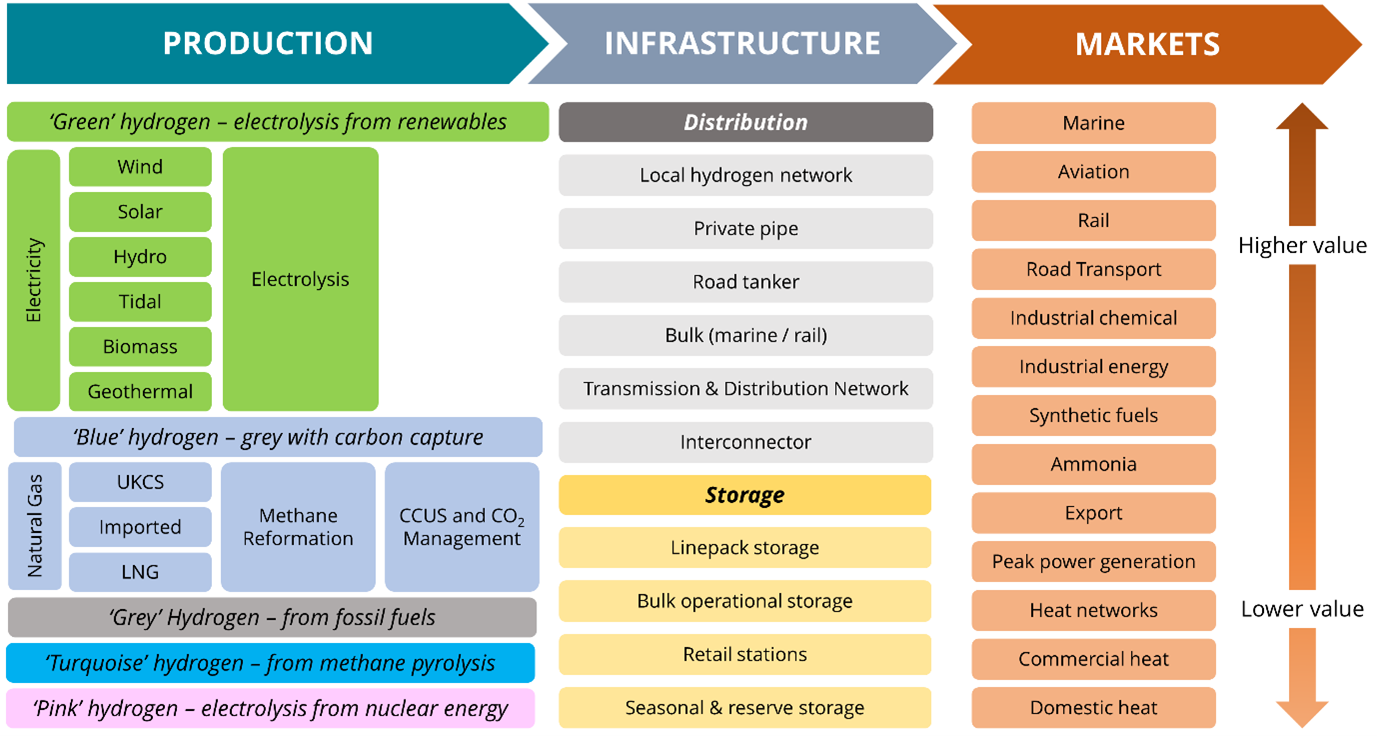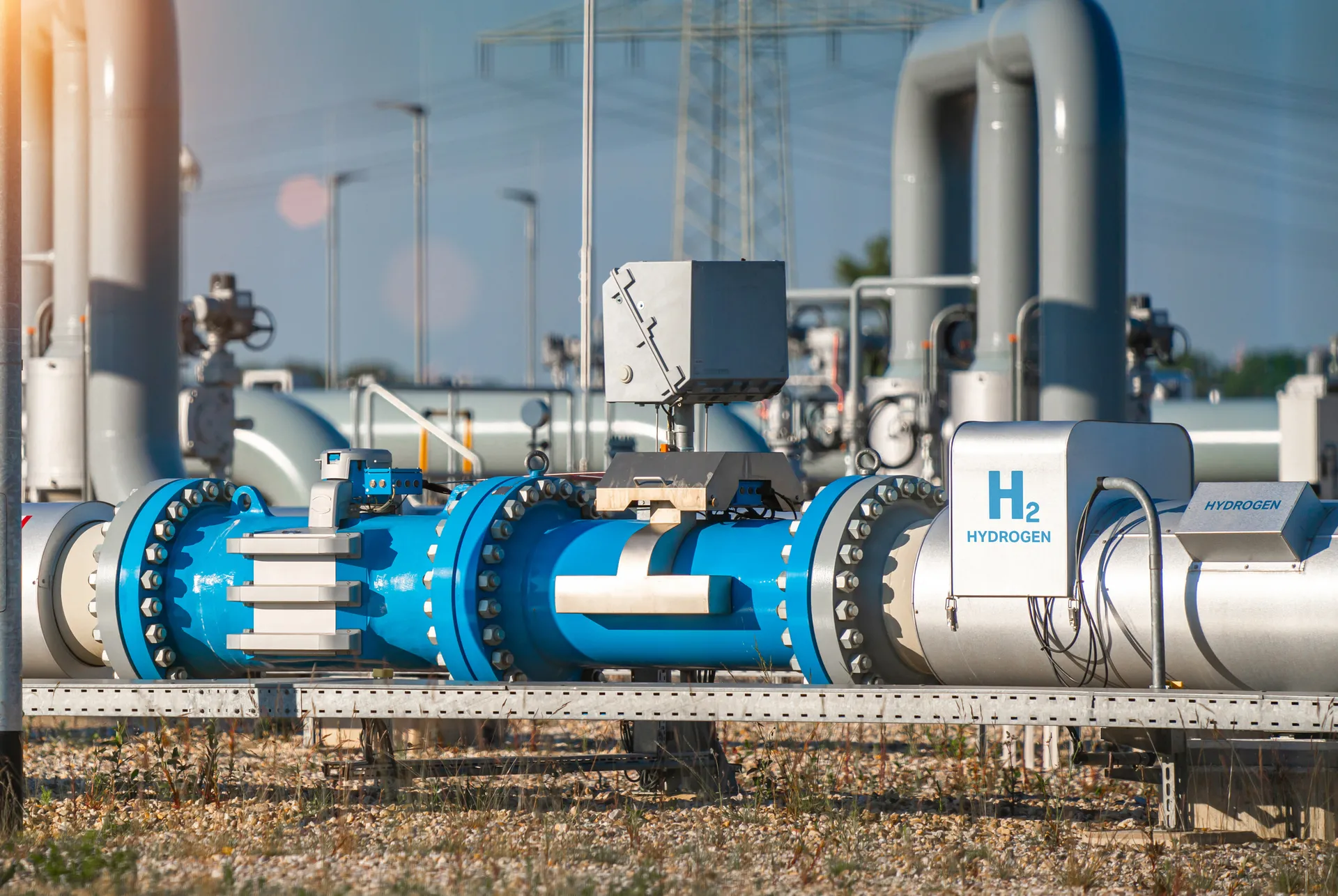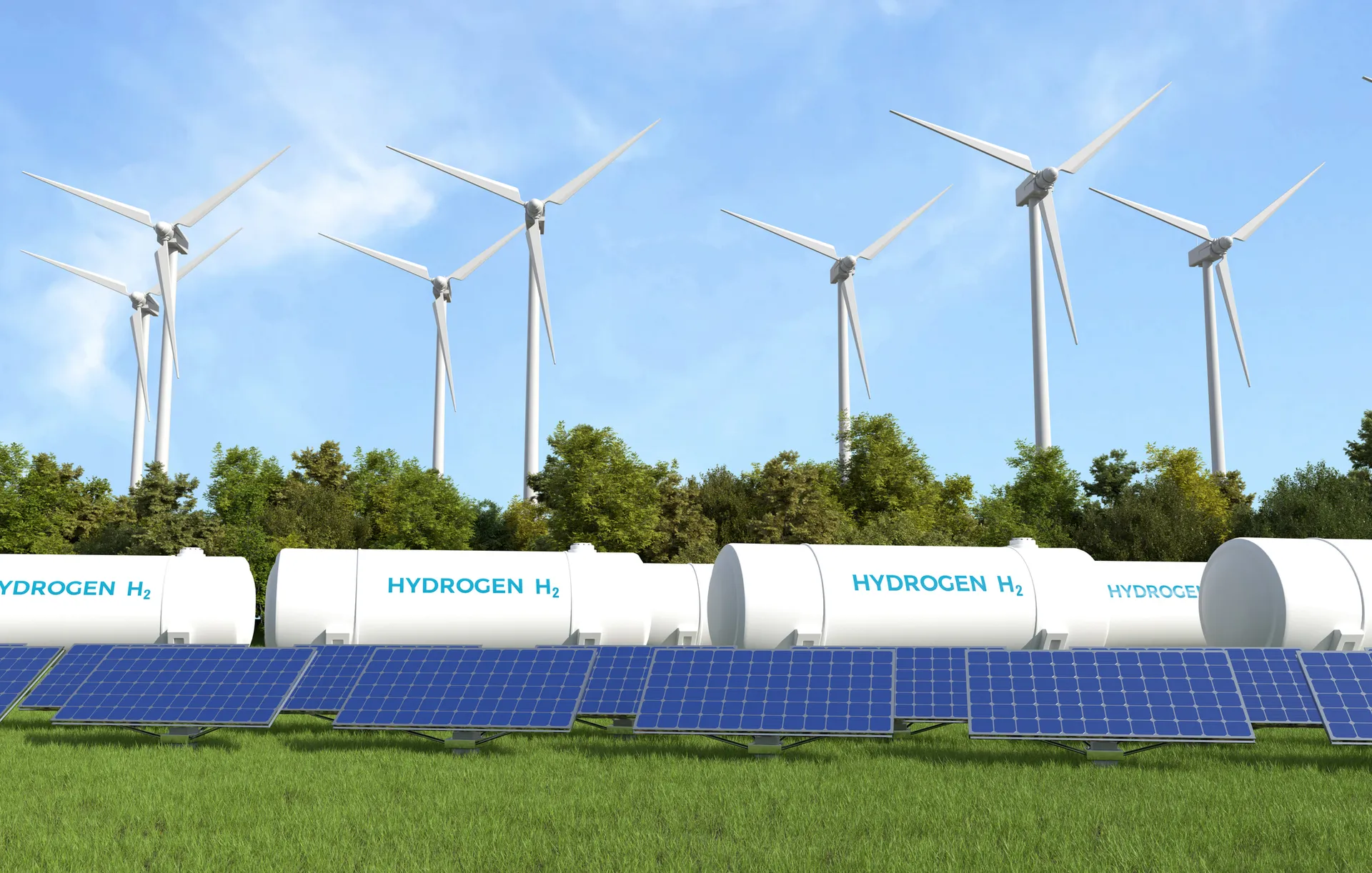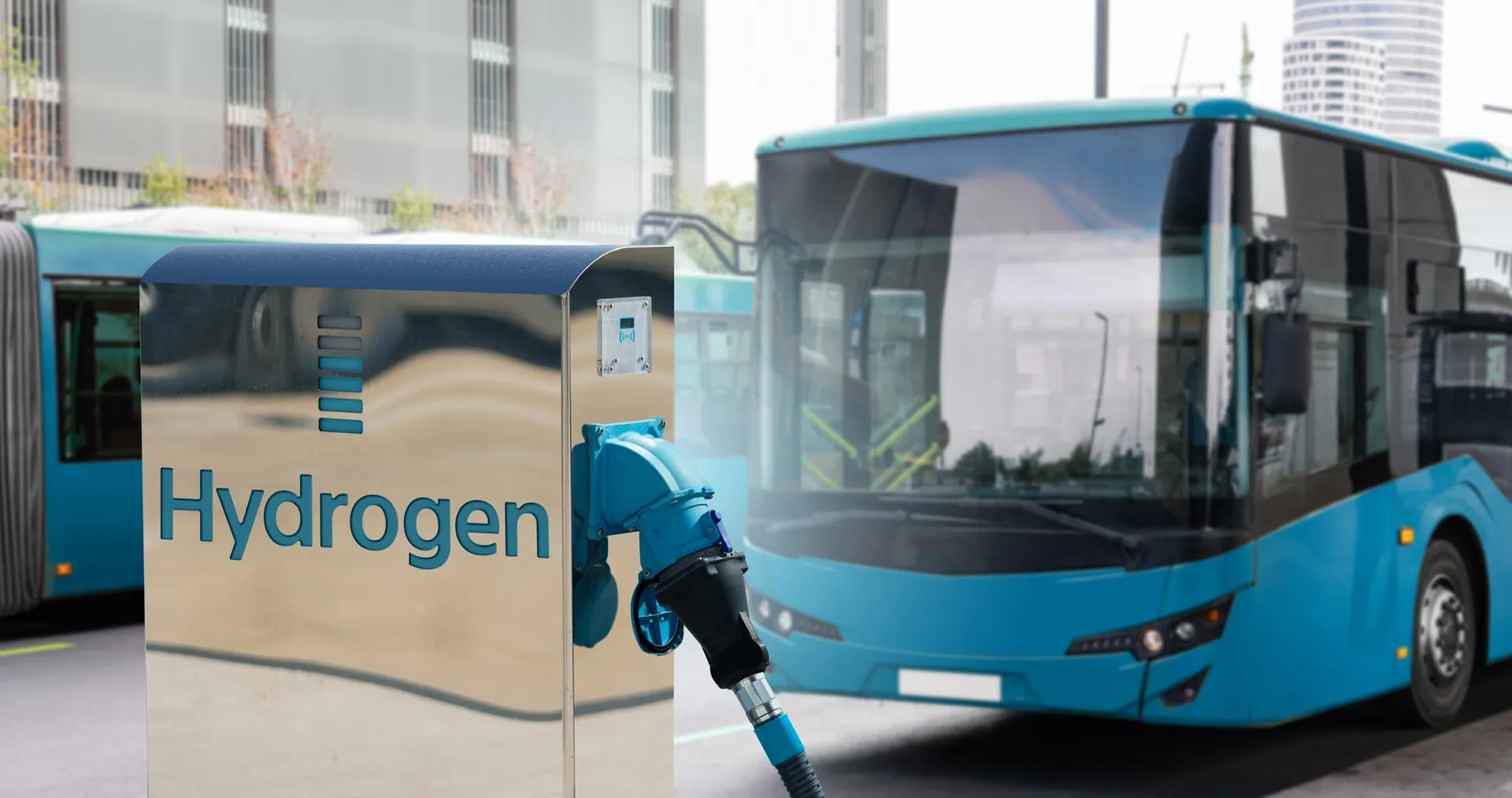Hydrogen explained
Discover how hydrogen has the potential to significantly impact small and medium-sized enterprises (SMEs) in engineering and manufacturing, and find out more about the hydrogen value chain.

The hydrogen value chain
The hydrogen value chain begins with hydrogen production, which can be achieved through various methods, including electrolysis powered by renewable energy (green hydrogen) or natural gas with carbon capture (blue hydrogen). Once produced, hydrogen must be stored and distributed. Storage options include high-pressure tanks or liquid hydrogen, while distribution can be handled through pipelines, road transport, or shipping.
The final stage involves the utilisation of hydrogen across various markets. This includes its use in industry for processes like steel production, as a fuel for hydrogen-powered vehicles, and in power generation through hydrogen fuel cells or combustion in turbines. Hydrogen also plays a role in heating and as a potential energy carrier for balancing supply and demand in the energy grid.
Download image*Image: The Hydrogen Value Chain. Source: TGE from Hydrogen UK

Hydrogen production technologies
There are various methods of hydrogen production, with green hydrogen production through electrolysis being the most sustainable and promising method. Other methods include those for blue hydrogen, which involves steam methane reforming (SMR) with carbon capture and storage (CCS), and turquoise hydrogen, produced via methane pyrolysis.

Hydrogen infrastructure
Hydrogen storage solutions are crucial, and these include underground salt caverns and compressed hydrogen tanks. Hydrogen also needs a robust hydrogen distribution network, including pipelines, trucks, and ships designed to transport liquefied or compressed hydrogen.

Hydrogen markets
There are various markets of hydrogen across different sectors, such as its use in the steel industry, ammonia production, transportation (fuel cell vehicles, trucks, buses), and energy storage. Hydrogen is also seen as a key enabler for the decarbonisation of industries that are difficult to electrify.

End uses for hydrogen
Hydrogen fuel cells
Industrial process heat
Automotive
Aerospace
Energy storage and grid stabilisation
Hydrogen as a feedstock
Logistics
